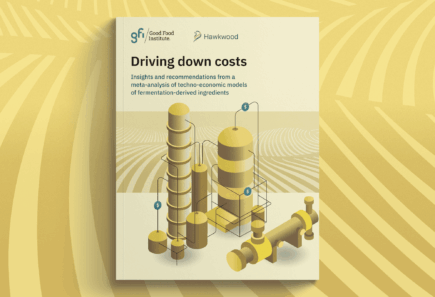
Techno-economic insights on fermentation ingredients
This report analyzes the competitiveness and key cost drivers of fermentation-derived ingredients, and identifies critical data gaps.

This report analyzes the competitiveness and key cost drivers of fermentation-derived ingredients, and identifies critical data gaps.

Dive into a category overview and insights for plant-based and fermentation-enabled steaks, filets, chicken breasts, and other whole-cut products.

Explore tactics to increase consumers’ purchase intent for plant-based products at retail, optimal category descriptors for plant-based food, and more.
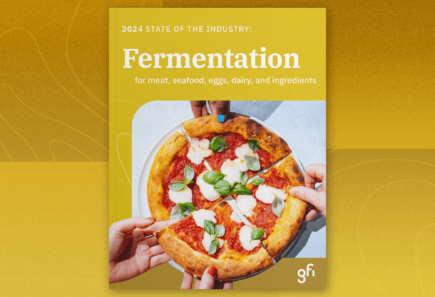
This report details the commercial landscape, investments, regulatory developments, and scientific progress in the fermentation for alternative proteins industry.
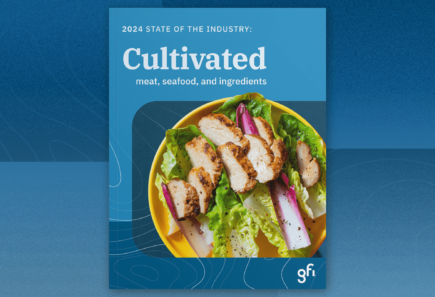
This report details the commercial landscape, investments, regulatory developments, and scientific progress in the cultivated meat and seafood industry.

Explore key consumer segments who are open to plant-based meat, including their demographics, attitudes, needs, and behaviors.

Explore key insights into consumer needs, perceptions, and demand for alternative proteins, highlighting trends and shifting preferences in the U.S. market.

This fact sheet examines the relationship between plant-based meat prices and sales volume and identifies potential pricing and promotional strategies for the market.
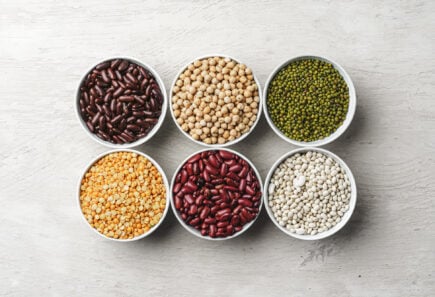
Find information on nutrition, functionality, price, sourcing, and consumer perceptions of plant protein sources for plant-based meat.
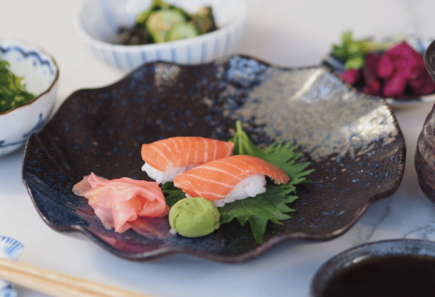
Alternative seafood is a clear market opportunity. To date, little research has been conducted in this area. To fill this gap and strengthen the alternative seafood innovation ecosystem, GFI partnered with consumer insights and brand strategy firm, Kelton Global. This resource outlines the key findings.